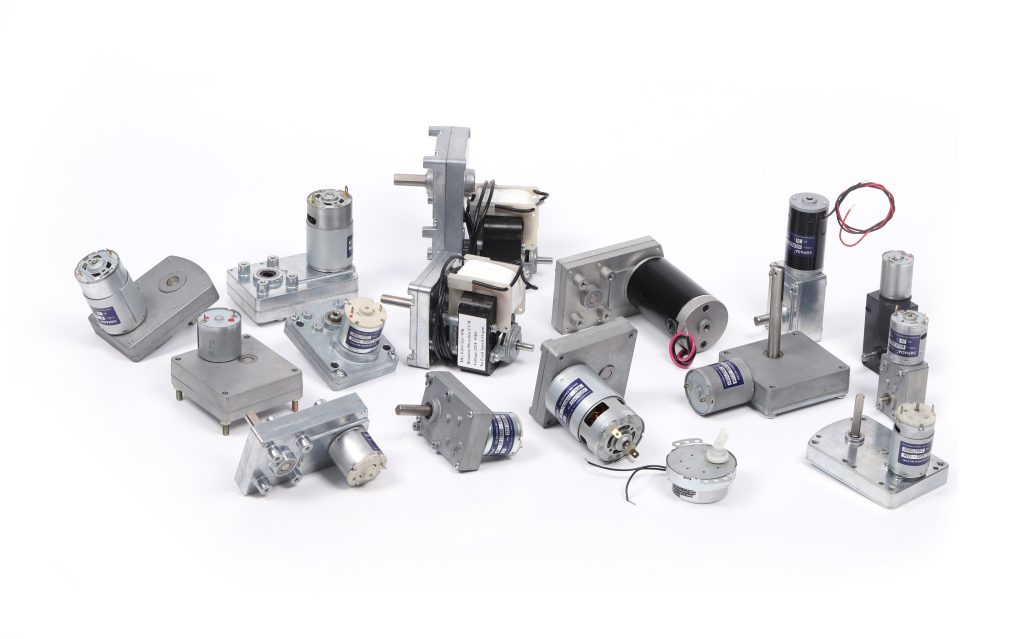Mobile:+86-311-808-126-83
Email:info@ydcastings.com
Principles of Metal Casting Techniques and Their Applications in Modern Manufacturing
Fundamentals of Metal Casting
Metal casting is a fundamental manufacturing process that involves pouring molten metal into a mold to create a desired shape once the metal cools and solidifies. This technique has been employed for thousands of years, evolving from primitive methods to highly sophisticated practices used in various industries today. Understanding the fundamentals of metal casting is essential for anyone involved in metalworking or manufacturing, as it lays the groundwork for creating high-quality metal components.
One of the primary steps in the metal casting process is mold preparation. Molds can be made from various materials, including sand, ceramic, or metal, depending on the specific requirements of the casting process and the properties of the metal being used. Sand casting, one of the most common methods, utilizes a mixture of sand and a binding agent to create the mold. The mold is formed by packing sand around a pattern, which is a replica of the desired final product. Once the mold is ready, the pattern is removed, leaving a cavity that will shape the molten metal.
After mold preparation, the next step is melting the metal. The type of furnace used for this process can vary based on the metal being cast. For example, induction furnaces, electric arc furnaces, and crucible furnaces are commonly used for ferrous and non-ferrous metals alike. The metal is heated until it reaches its molten state, at which point it can be poured into the mold. It is crucial to control the temperature of the molten metal accurately, as overheating can lead to oxidation or other impurities that may weaken the final product.
fundamentals of metal casting

Once the molten metal is ready, it is poured into the mold. The pouring process must be carefully managed to prevent defects. Factors such as pouring temperature, speed, and the design of the pouring system can impact the integrity of the final cast. Air entrapment, turbulence, and premature solidification are common issues that can arise during this phase. Therefore, experienced foundry personnel employ techniques to mitigate these risks, ensuring a clean and even pour.
After the metal has been poured and allowed to cool in the mold, the next stage is solidification. This is where the metal transitions from a liquid to a solid state, forming the desired shape. The cooling rate is essential, as it can affect the microstructure of the metal and its mechanical properties. For instance, slower cooling rates may lead to larger grain structures, resulting in softer metals, while faster cooling can produce finer grains, enhancing strength and hardness.
Once solidification is complete, the molding sand or mold material is removed, revealing the casted part. However, the process does not end there. Post-casting operations, such as trimming, machining, and heat treatment, may be necessary to achieve the desired specifications and finish. These operations play a crucial role in refining the mechanical properties and aesthetics of the final product.
In summary, metal casting is a complex and versatile manufacturing process that involves multiple stages, including mold preparation, metal melting, pouring, solidification, and finishing. Mastery of these fundamentals allows for the production of high-quality metal components used in various applications, from automotive parts to intricate art pieces. Understanding these processes not only aids in improving product quality but also enhances the efficiency of manufacturing operations. As technologies advance, the fundamentals of metal casting will continue to evolve, paving the way for innovation in the engineering and manufacturing sectors.
-
Why Should You Invest in Superior Pump Castings for Your Equipment?NewsJun.09,2025
-
Unlock Performance Potential with Stainless Impellers and Aluminum End CapsNewsJun.09,2025
-
Revolutionize Your Machinery with Superior Cast Iron and Aluminum ComponentsNewsJun.09,2025
-
Revolutionize Fluid Dynamics with Premium Pump ComponentsNewsJun.09,2025
-
Optimizing Industrial Systems with Essential Valve ComponentsNewsJun.09,2025
-
Elevate Grid Efficiency with High-Precision Power CastingsNewsJun.09,2025











